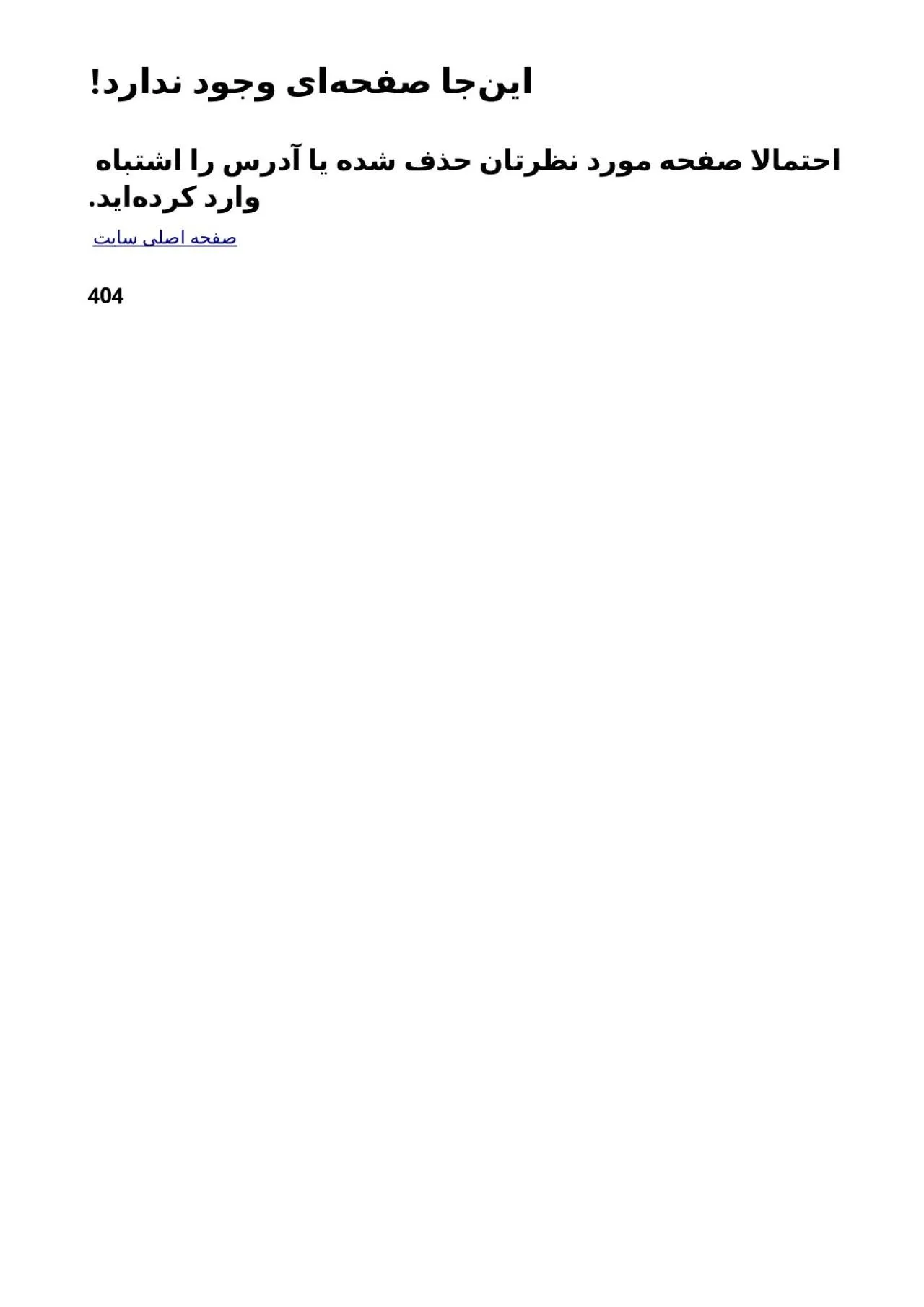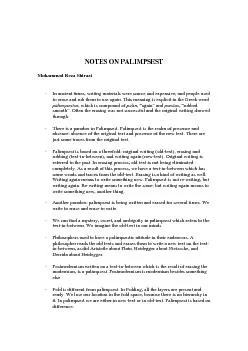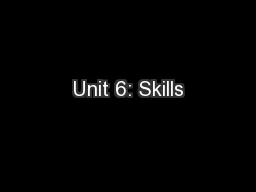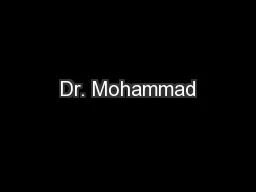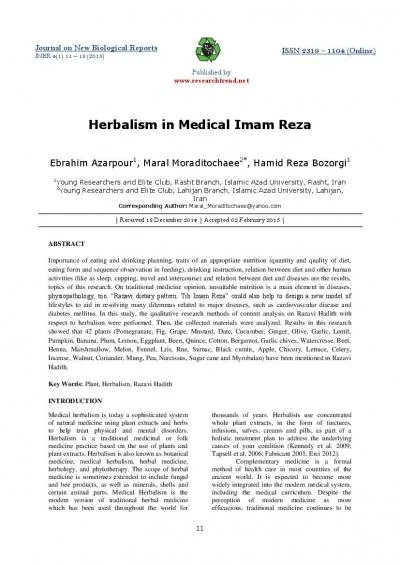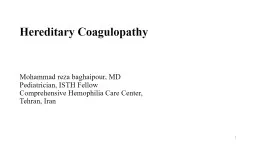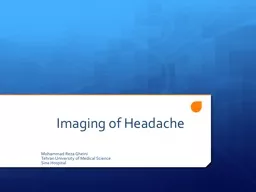PPT-Anorectal Disease Mohammad Reza
Author : violet | Published Date : 2022-06-07
Nikshoar MD Colorectal Surgeon Associate Professor Shahid Beheshti Medical University A 45 years old female with rectal bleeding What is your differential diagnosis
Presentation Embed Code
Download Presentation
Download Presentation The PPT/PDF document "Anorectal Disease Mohammad Reza" is the property of its rightful owner. Permission is granted to download and print the materials on this website for personal, non-commercial use only, and to display it on your personal computer provided you do not modify the materials and that you retain all copyright notices contained in the materials. By downloading content from our website, you accept the terms of this agreement.
Anorectal Disease Mohammad Reza: Transcript
Download Rules Of Document
"Anorectal Disease Mohammad Reza"The content belongs to its owner. You may download and print it for personal use, without modification, and keep all copyright notices. By downloading, you agree to these terms.
Related Documents

